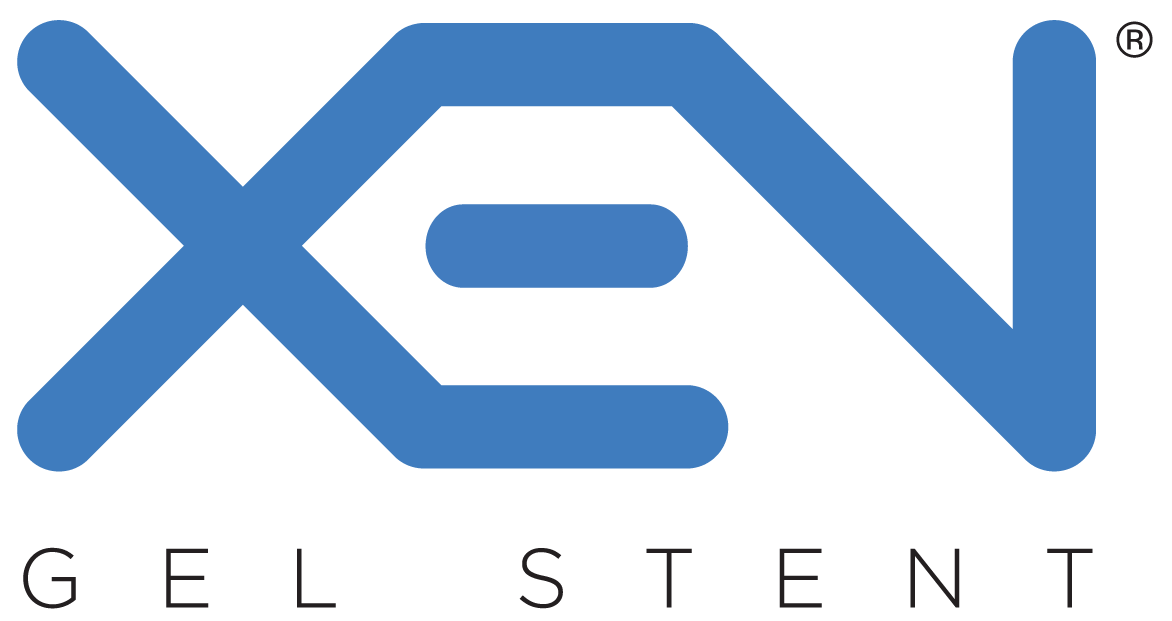AN ESTABLISHED PATHWAY WITH A DEMONSTRATED RISK/BENEFIT RATIO
12-month pivotal study safety data1
XEN® Gel Stent has a favorable risk/benefit ratio, with low rates of intraoperative complications and postoperative vision-threatening adverse events
The most common postoperative adverse events included best-corrected visual acuity loss of ≥ 2 lines (≤ 30 days 15.4%; > 30 days 10.8%; 12 months 6.2%), hypotony IOP < 6 mm Hg at any time (24.6%), IOP increase ≥ 10 mm Hg from baseline (21.5%), and needling procedure (32.3%).
Intraoperative complications (0/65)
0%
- 0% surgical complications
- 0% shallow anterior chamber with peripheral iridocorneal touch
- 0% flat anterior chamber with iridocorneal touch extending to the pupil
- 0% choroidal hemorrhage or effusion
- 0% hyphema
- 0% conjunctival perforation
- 0% iris/lens damage
Persistent hypotony* (0/65)
0%
Defined as IOP < 6 mm Hg at 2 visits > 30 days apart
Transient hypotony* (16/65)
24.6%
Defined as IOP < 6 mm Hg at any time
Postoperative complications of clinical interest
- 1.5% bleb leak (without operative room or slit lamp revision)
- 0% bleb leak (with operative room or slit lamp revision)
- 3.1% choroidal effusion (extending posterior to equator, without blood)
- 0% choroidal effusion (all others)
- 0% chronic pain (present > 3 months)
- 1.5% corneal edema grade 3 or grade 4 (> 30 days postoperatively)
- 0% endophthalmitis
- 4.6% hyphema (≥ 2 mm in height [layered] at any time)
- 0% hyphema (present or arising > 30 days)
- 0% hypotony maculopathy
- 1.5% macular edema
- 32.3% needling procedure
- 0% ptosis
- 0% significant iris injury or atrophy
- 0% strabismus
- 0% vitreous hemorrhage
- 9.2% wound leak/dehiscence
*No clinically significant consequences were associated with hypotony, such as choroidal effusions, suprachoroidal hemorrhage, or hypotony maculopathy. IOP < 6 mm Hg was defined as an adverse event, regardless of whether there were any associated complications or sequelae related to the low pressure. Thirteen cases occurred at the 1-day visit; there were no cases of persistent hypotony, and no surgical intervention was required for any case of hypotony.
